For people who enjoy nostalgia, calm, and freshness, Hoi An Ancient Prussia is a must-see tourist attraction. To this historic city, visitors will be immersed in old architectures has been kept until now, as well as the food and typical enjoyable activities. Let us share some of our vacation experiences to Hoi An’s antique range.
Where is Hoi An Ancient Prussia?
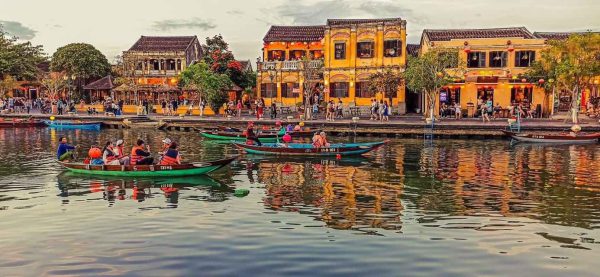
Hoi An Ancient Town used to be a busy international trading port located next to the two sides of the Thu Bon River, including architectural heritage that dates back hundreds of years that have been recognized by UNESCO as a World Cultural Heritage site since 1999. It is 28km southeast of Da Nang city and 50km north-south of Tam Ky city, so you are very convenient in this journey.
There are several forms of transportation accessible for moving and travelling , but for the sake of exploration and fun, you might wish to try bicycles and cyclos.
Hoi An Ancient Town’s opulent period
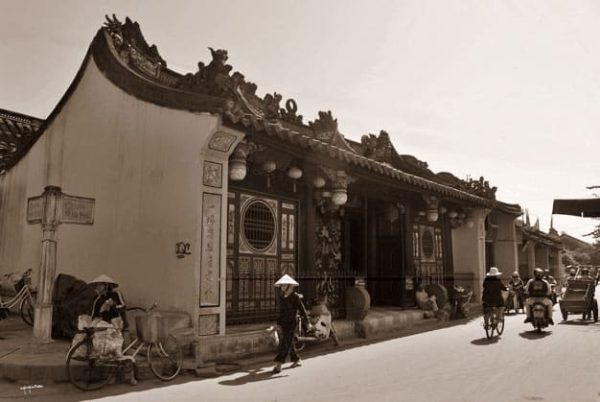
Hoi An old town was founded in the second part of the 16th century during this period. Vietnam was ruled by a monarch from Le Dynasty. By 17th century, they had ceaselessly assaulted the South and encroached into Cham territory, thanks to the rule of the Nguyen royal dynasty generations. It was founded and evolved into a commercial development region as a result of the succession of seaports by the Cham and Vietnamese. Moreover,Hoi An was also attacked by other nations due to its big port, therefore the architecture of Hoi An’s historic town has traces of Chinese and French architecture.
The architectures
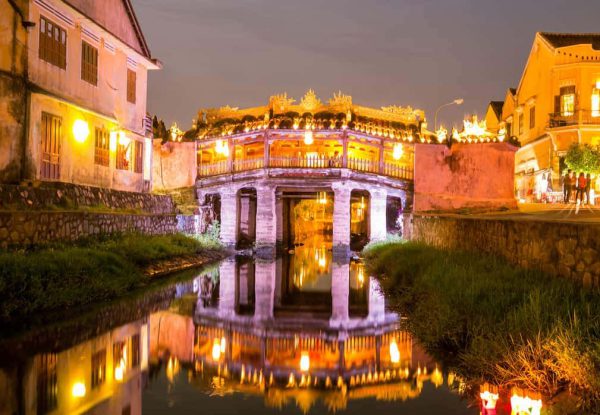
The majority of the residences in Hoi An were built during the colonial era and have double-pitched roofs. The roof tiles are square and are baked uncooked. Despite its numerous ups and downs, Hoi An has preserved many antiquities from over the ages. Hoi An historic town features 1360 relic sites, according to records from December 2000, comprising 1068 ancient buildings, 11 ancient wells, 38 clan ancestral houses, 19 pagodas, 43 shrines, 23 communal dwellings, 44 unique ancient graves, and 1 bridge. More than 1,100 of these sites may be found in historic city.
- Pagoda, temple, shrine: Hoi An Ancient Town used to be one of the most important Buddhist hubs in the Inner Circuit area, hence most of the pagodas in Hoi An Ancient Town adhere to the Tieu Thua concept. They maintained various artifacts, inscriptions, and monuments relating to the Inner Circuit Buddhist Association’s imports and development.
- Ethnic churches: Families in Hoi An old town, as in other locations, have sites of ancestor worship so that their descendants can smell smoke and remember their ancestry. This ethnic church is also referred to as a temple or their church.
- Hoi An premises: The association where countrymen interact and live together is one of the features of the cultural crossover that the Chinese have left.
The cross-cultural era
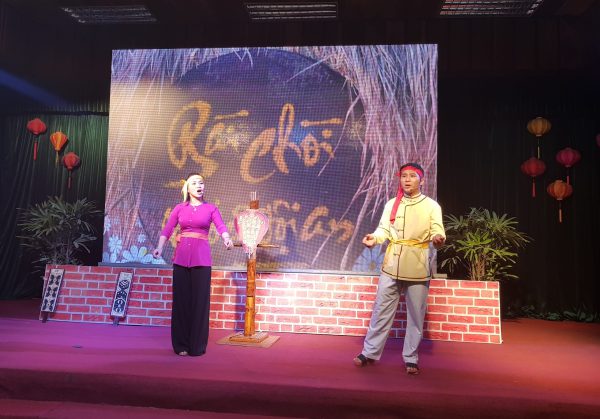
Hoi An Ancient Town is a city with unique historical and geographical qualities, making it an ideal location for meeting and learning about diverse cultures. Vietnamese and Cham people used to coexist harmoniously here. Other residents have arrived. So that it has a culture with various levels and layers that are reflected via the conventions of periodicals, literature, festivals and food.
Discover Hoi An’s cuisines
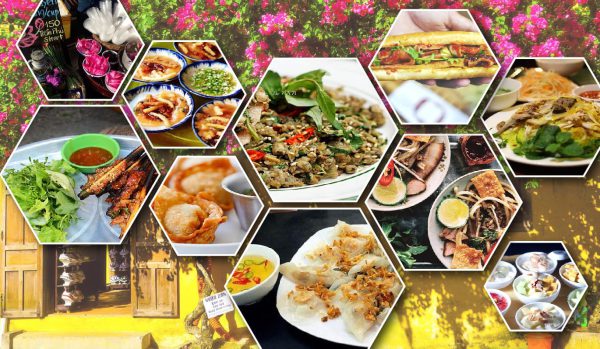
Because of the crossroads of civilizations, the cuisines of Hoi An old town are diversified and have a distinct Quang taste. You may order anything from appetizers to the iconic main courses that have made Hoi An famous, such as sautéed mussels, smash cakes, and Phuong bread. Upstairs, Quang noodles and water are extremely popular. If you get the chance to visit this region, do not miss out on the opportunity to taste this water right soon. Other restaurants are designed in an antique style that is mixed with modernism. In this old city, you will be able to achieve the perfect photo session while also enjoying the cuisine.
When is the best time of year to visit Hoi An Ancient Town?
To ensure that your vacation is as full as possible, we will recommend the most lovely and gorgeous time to visit Hoi An. The months of January through March are ideal for tourists to this region. At this time of year, the weather is dry, mild, and pleasant, with temperatures ranging from 18 to 23 degrees Celsius. This is also the proper response to the question since you should visit Hoi An during the most lovely time of year.
Conclusions
We hope that our “Hoi An Ancient Town-The Cross-Cultural Area” post has helped you learn more about Hoi An’s unique traits. If you are exhausted and want to take a vacation from stress in this chaotic world, go to Hoi An old town, immerse yourself in the calm and near atmosphere, and you will immediately rediscover your soul.




Bài viết liên quan: